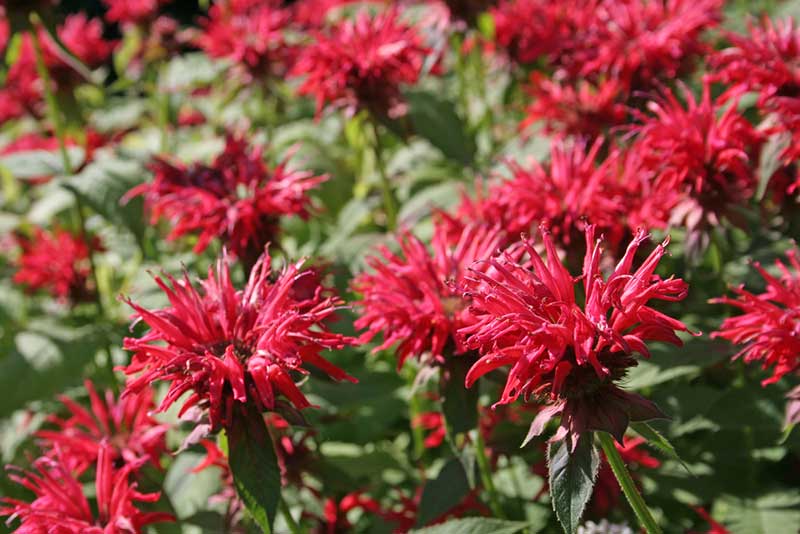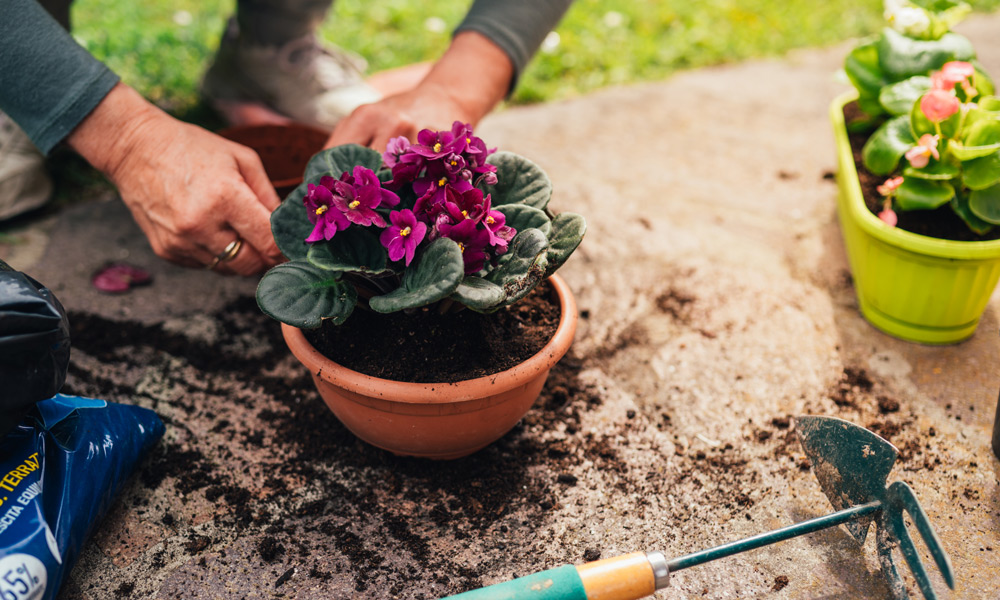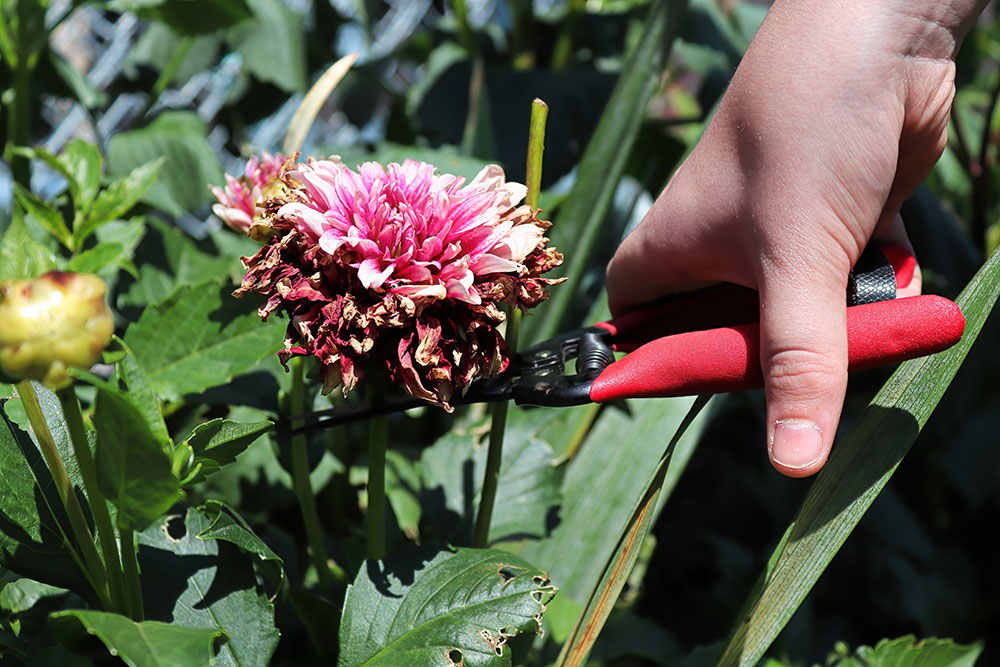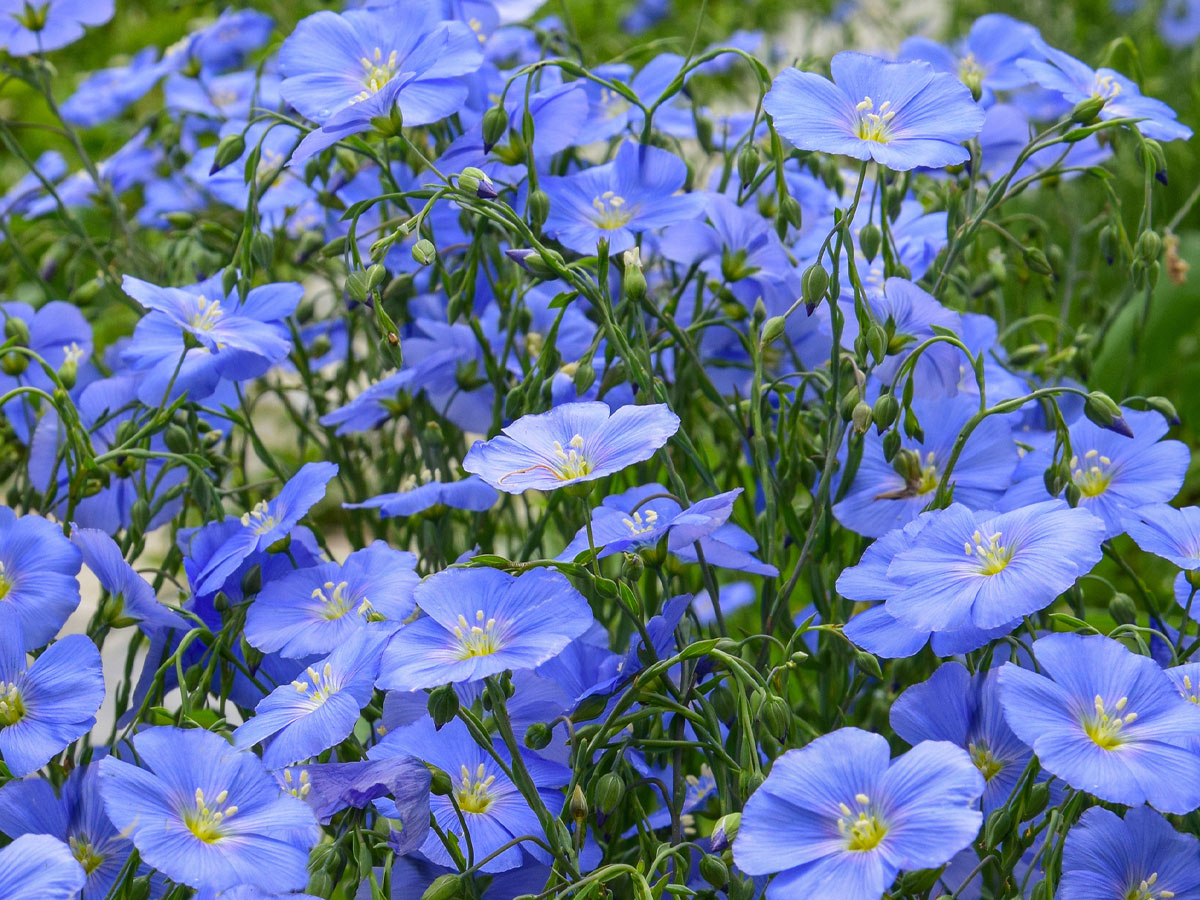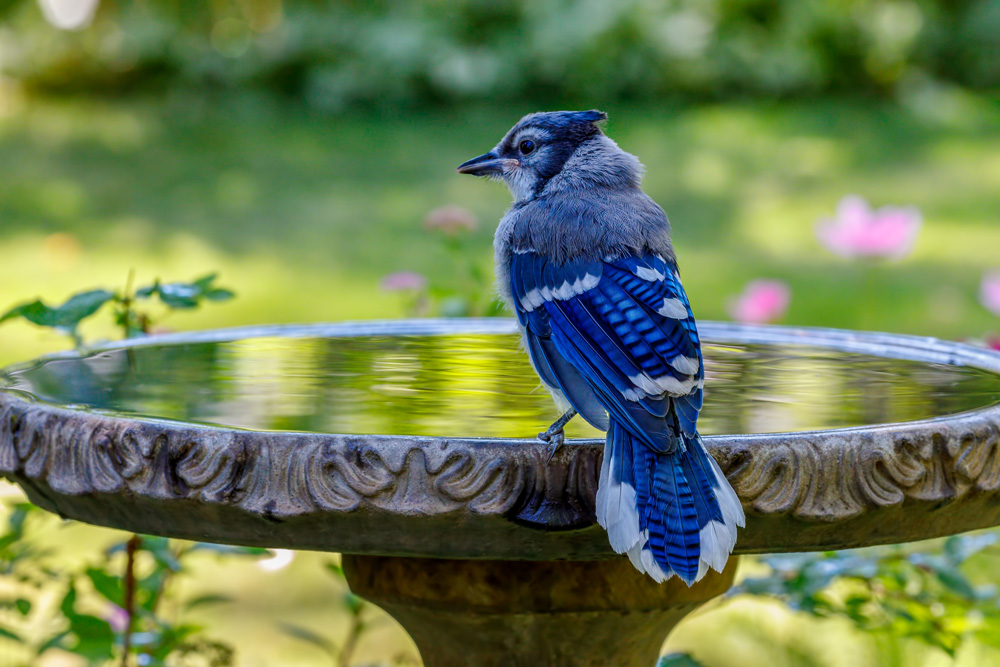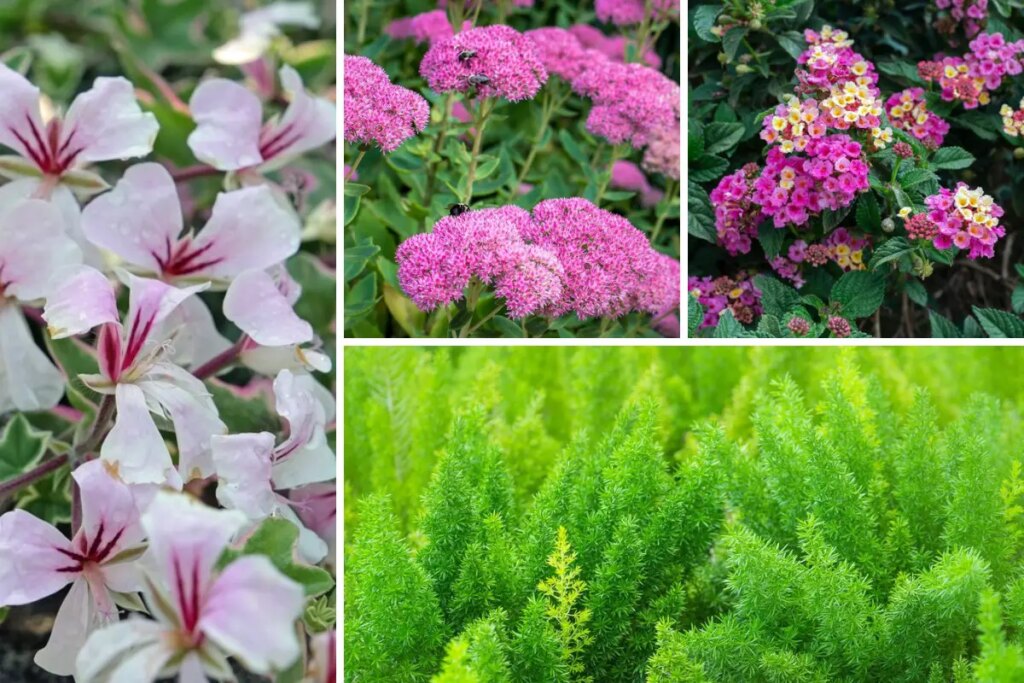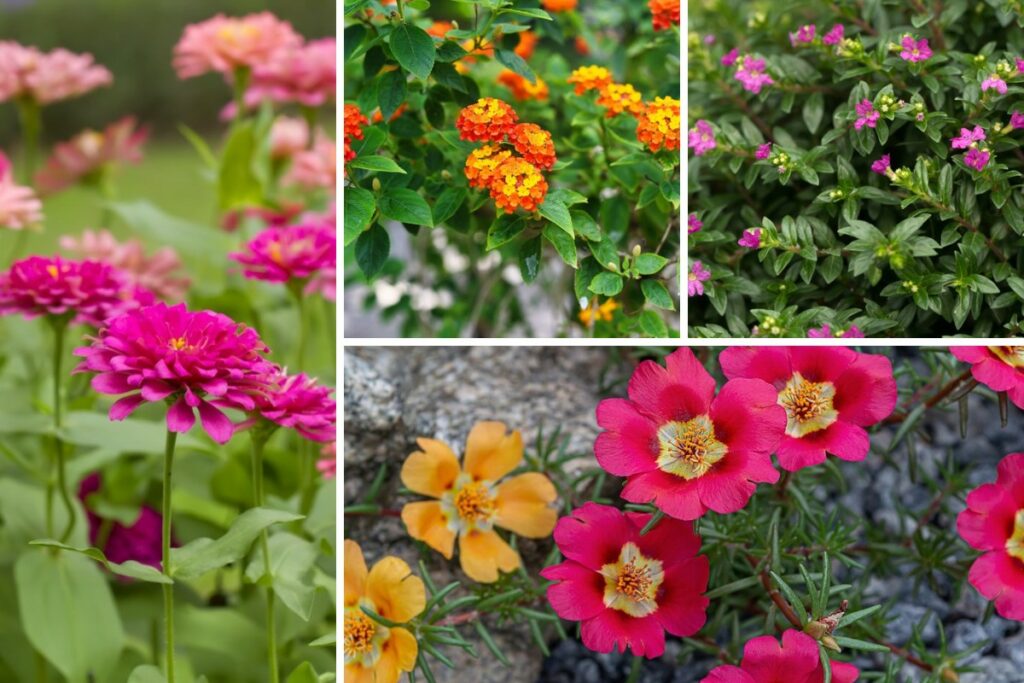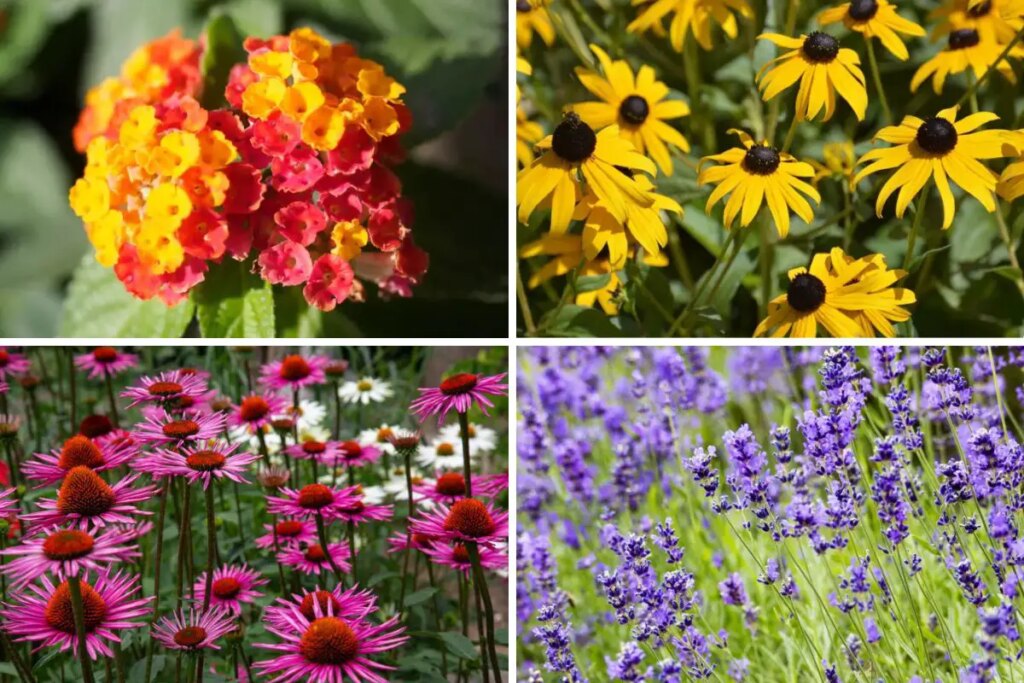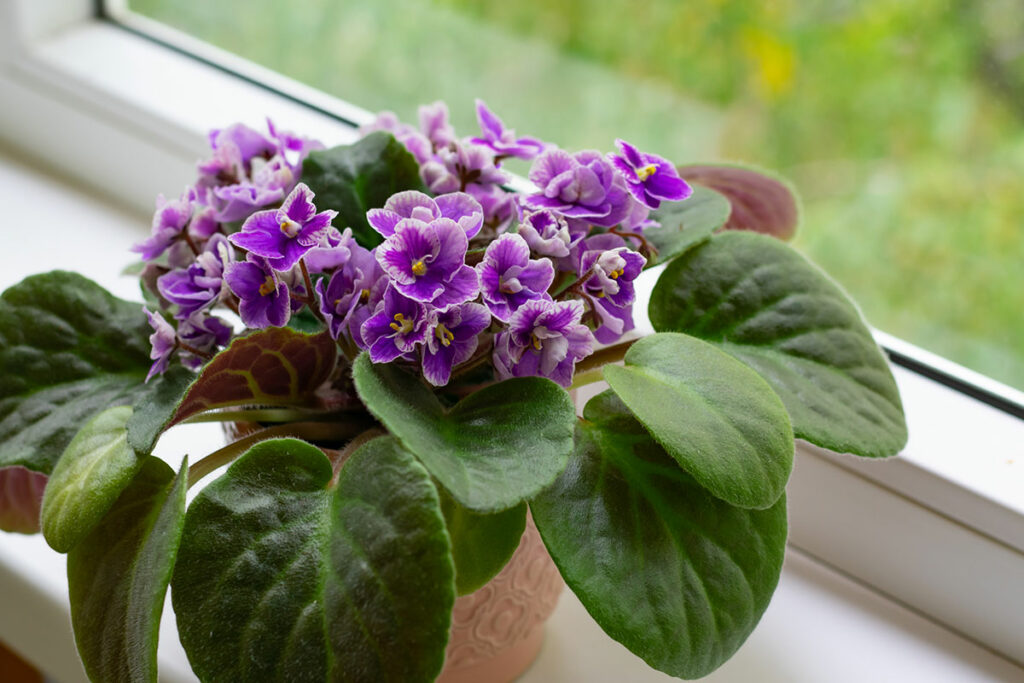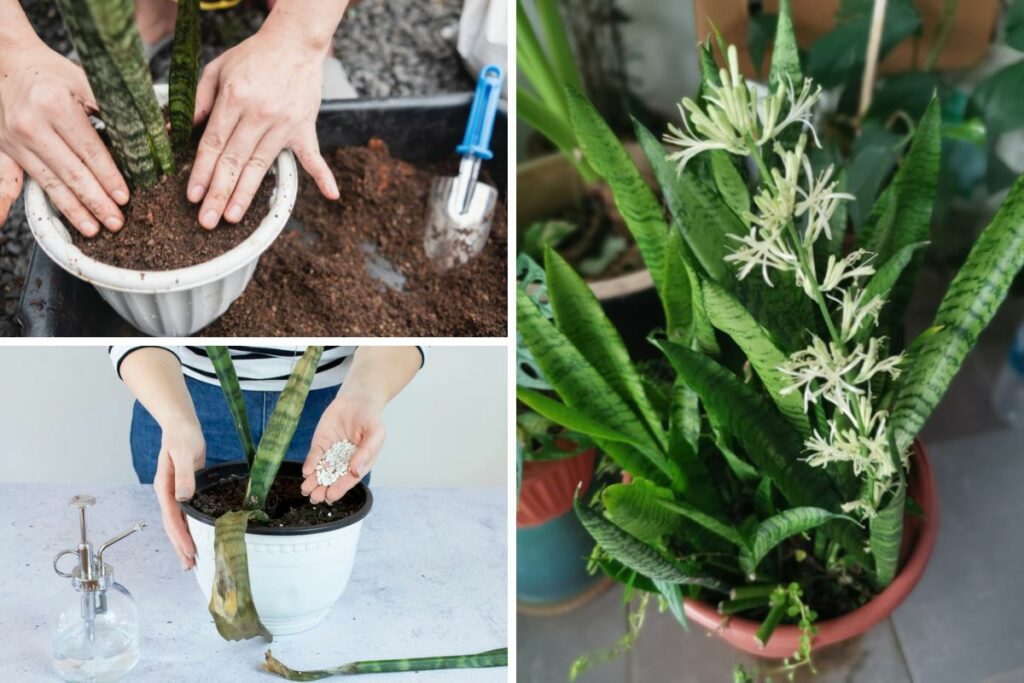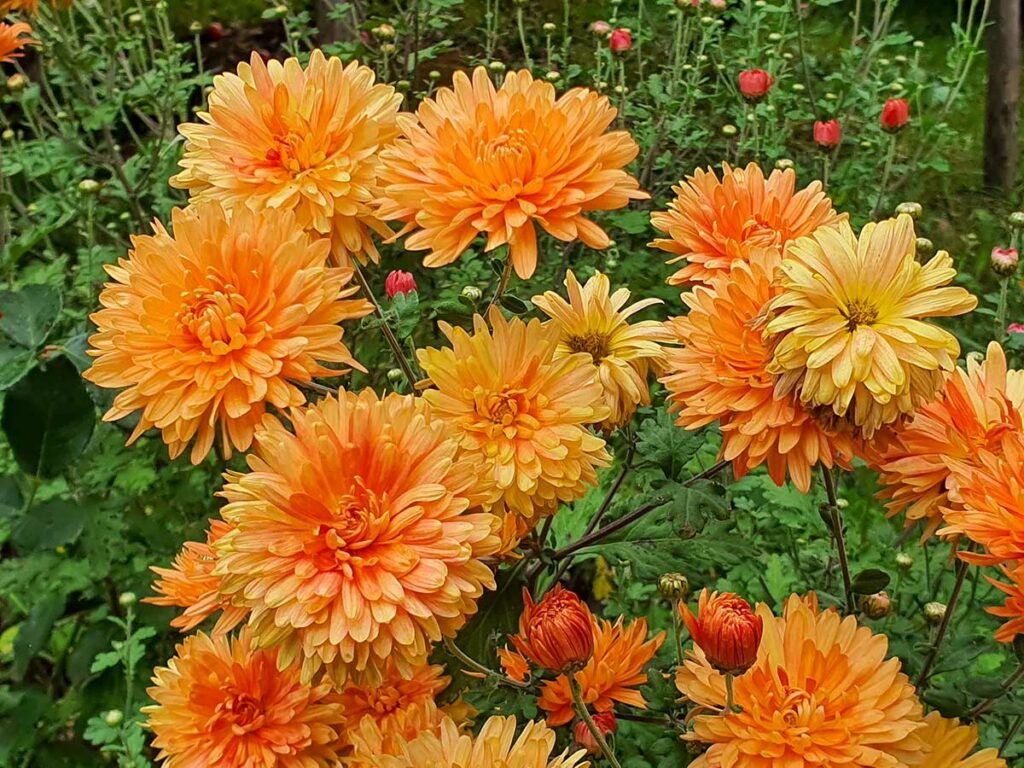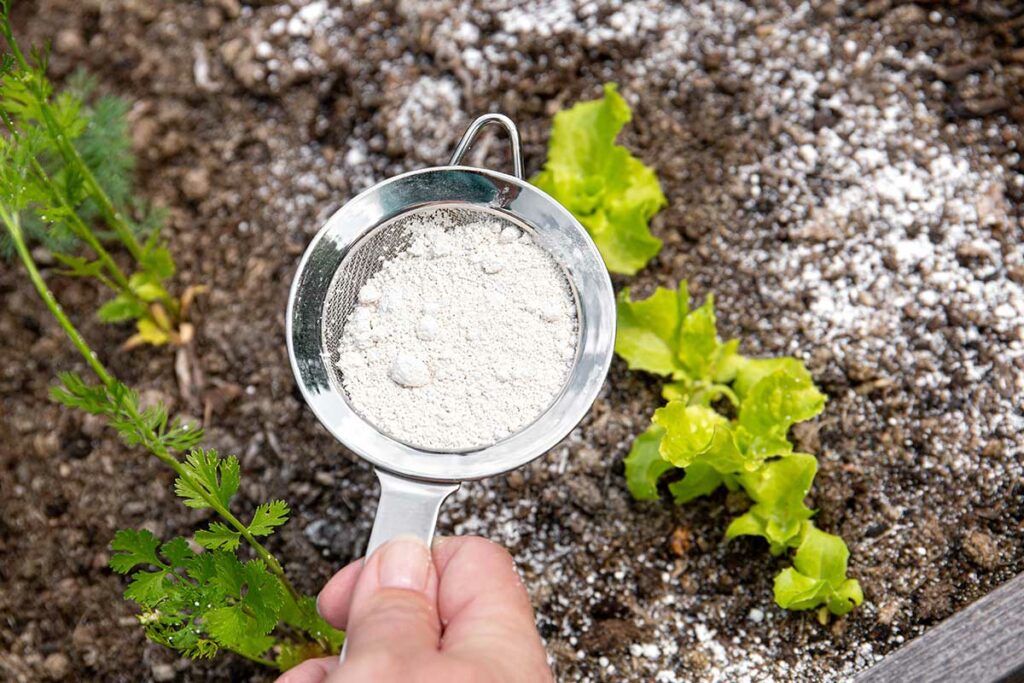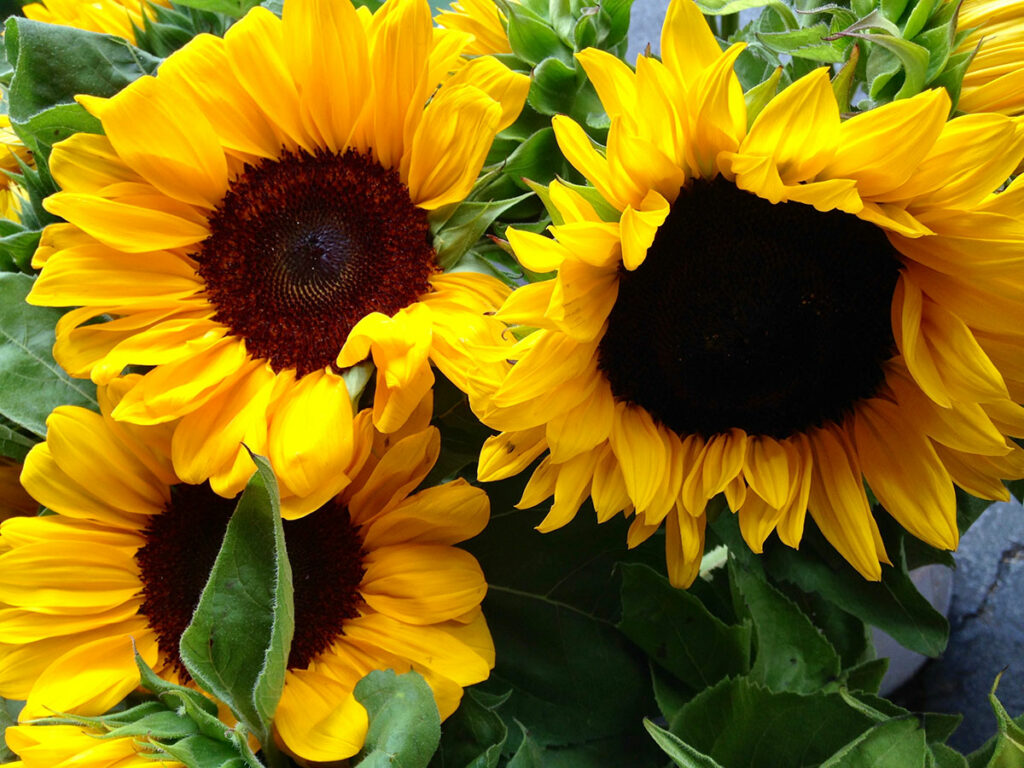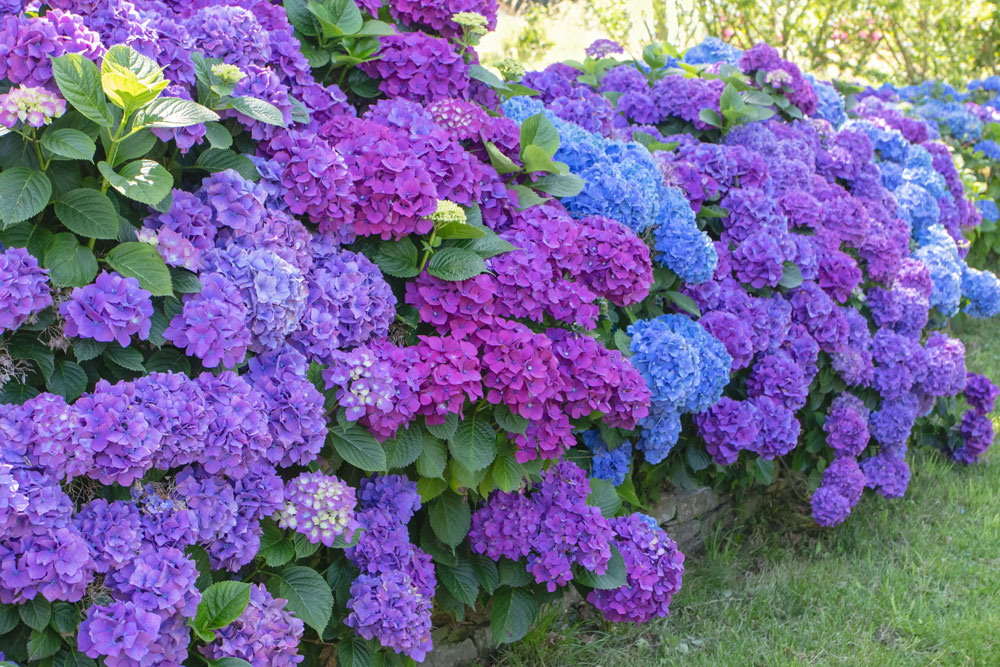
We’ve all been there – standing in the garden with pruning shears in hand, wondering “Should I cut this back now, or am I about to make a huge mistake?” The truth is, timing is everything when it comes to pruning, and getting it wrong can mean sacrificing next year’s blooms or even harming your plants.
Today, we’ll go over exactly which plants benefit from summer pruning in June and July, and which ones you’ll want to leave alone until they’re dormant. But why does timing matter so much?
It all comes down to when plants set their flower buds and how they respond to being cut back during their active growing season.
The 5 Plants You Should Be Pruning Right Now (June-July)
1. Lilac (Syringa species)
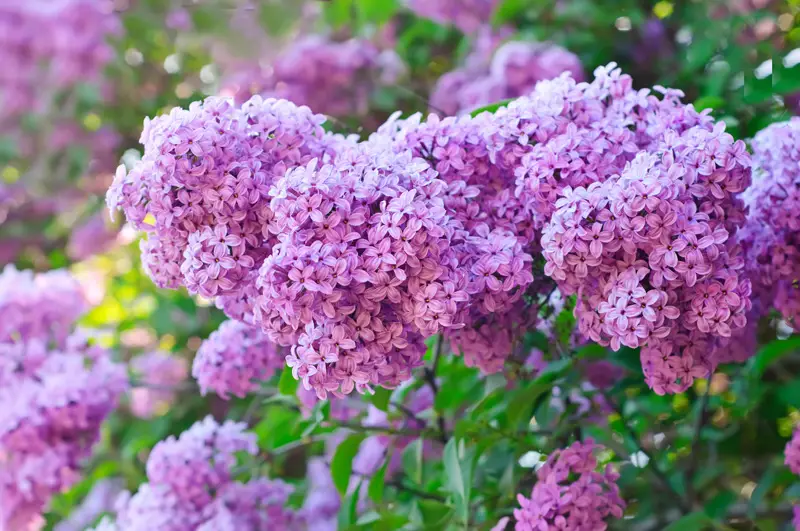
If you’re looking to keep your lilac shrubs healthy and blooming beautifully year after year, June is your window of opportunity. But why such specific timing? Lilacs are what we call “old wood bloomers” – they set next year’s flower buds almost immediately after this year’s flowers fade.
You’ll want to prune your lilacs within two weeks of their blooms finishing, typically in early to mid-June in most regions. Remove any stems larger than two inches in diameter by cutting them back to the ground, and trim younger stems to an outward-facing bud partway down their length. This encourages the shrub to fill in nicely as it grows.
Does this mean you can never prune a lilac later in the season? Well, you can, but you’ll be removing next year’s flower buds – and who wants a bloomless lilac bush?
2. Forsythia
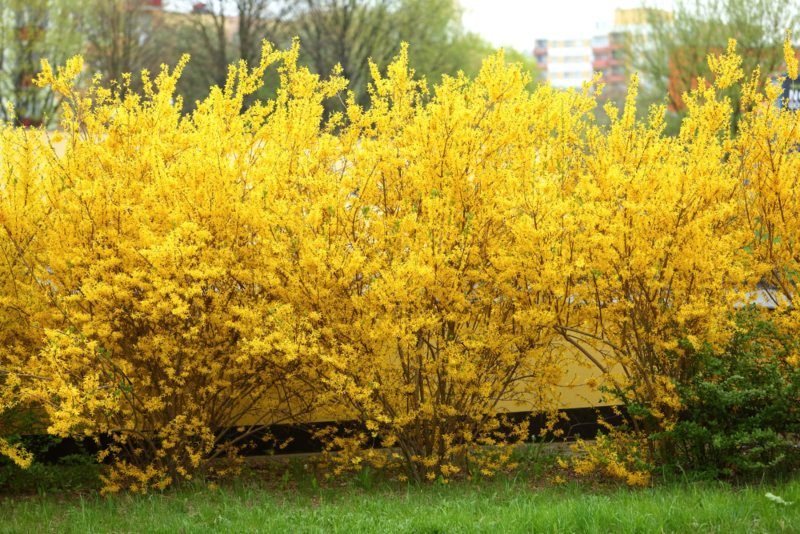
Those cheerful yellow blooms that herald spring’s arrival need attention right after their show ends. Forsythia, like lilac, blooms on old wood and sets buds for next year’s display almost immediately after flowering.
For most gardeners, this means pruning in late May or early June. Remove about a quarter of the oldest branches by cutting them back to the ground, then shape the remaining stems to open up the interior of the shrub. This allows better air circulation and prevents the forsythia from becoming a tangled mess.
And here’s a little secret: if your forsythia has gotten completely out of hand, you can cut the entire shrub back to 6 inches from the ground right after blooming. It’ll skip blooming next year, but will come back stronger and more manageable.
3. Mock Orange (Philadelphus species)

That heavenly fragrance makes mock orange a garden treasure, but these shrubs can quickly outgrow their space if left unpruned. The good news? Mock orange is pretty forgiving if you forget to prune it – it’s one of those low-maintenance shrubs we all love.
If your mock orange needs shaping or size control, prune it in June, right after the flowers fade. Cut back about a third of the shrub to maintain size, and remove the oldest, woodiest stems all the way to the ground. This encourages fresh growth and prevents the center of the shrub from becoming bare and woody.
However, if you’re blessed with unlimited space and love the natural, slightly wild look of an unpruned mock orange, you can skip this step entirely. These plants are quite happy left to their own devices.
4. Tall Summer Perennials (Joe-Pye Weed, Bee Balm, Garden Phlox)
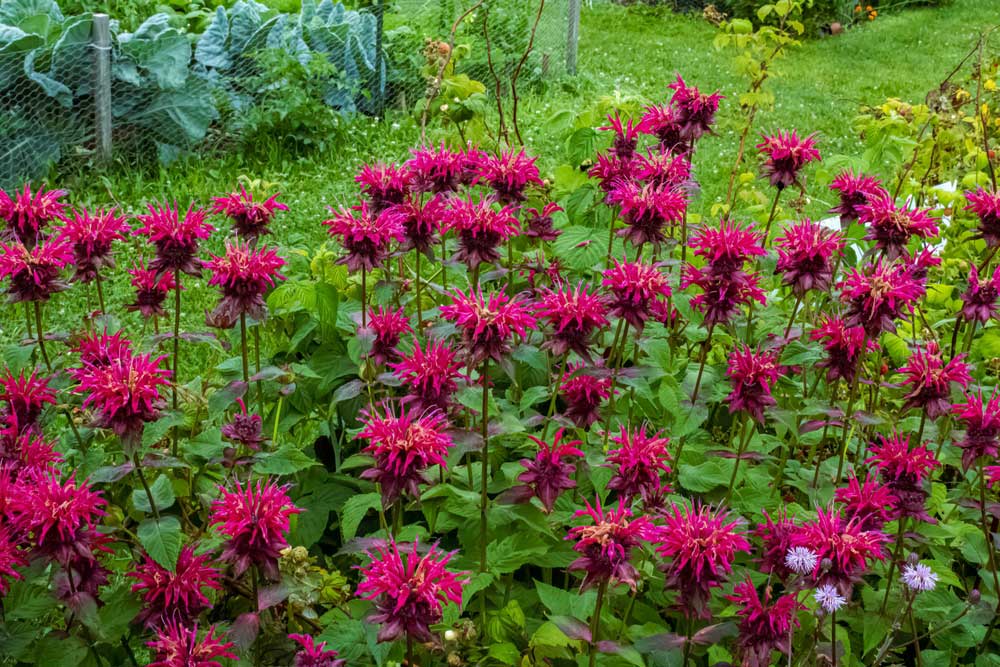
Here’s where things get interesting. These plants actually benefit from what we call the “June chop” – cutting them back by about a third in mid-June to keep them from getting too tall and floppy later in the season.
But won’t this delay their flowering? Yes, it will – by a few weeks. However, what you lose in early blooms, you gain in sturdier plants that won’t need staking and will actually produce more flowers overall because the cutting encourages branching.
For bee balm (Monarda species), this June pruning also helps improve air circulation, which can reduce the powdery mildew these plants are prone to developing.
Joe-Pye weed can grow eight feet tall if left alone – cutting it back in June keeps it to a more manageable four to five feet.
You’ll want to make your cuts just above a set of leaves or a side shoot. The plants will quickly recover and put on fresh growth that’s stronger and more compact.
5. Herbs (Chives, Basil, Cilantro)
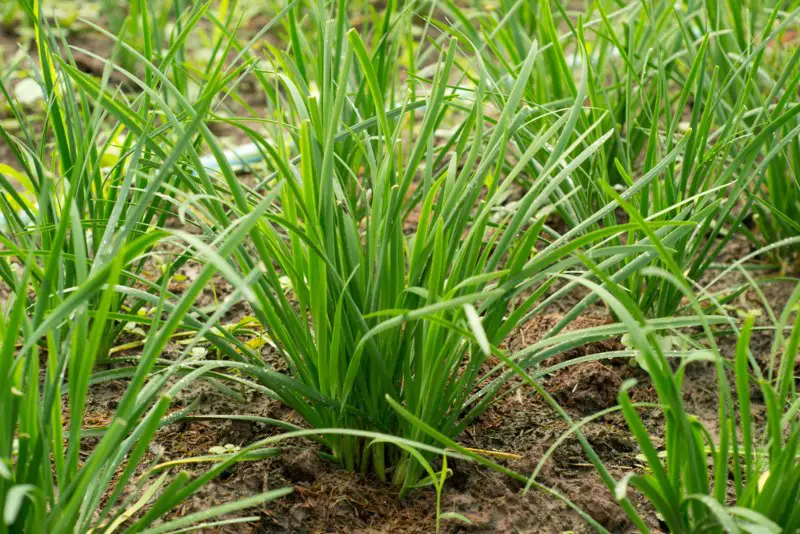
Your herb garden needs attention right now too! Chives that have finished flowering can be cut back almost to ground level – they’ll regrow quickly and give you a fresh harvest. In fact, cutting chives back regularly keeps the leaves tender and prevents the plant from going to seed.
Basil and cilantro need a different approach. Keep an eye on these warm-season herbs as temperatures climb – they’ll try to bolt (go to flower) as soon as the weather gets consistently hot. Pinch off any flower buds as soon as you see them forming. This keeps the leaves from becoming bitter and extends your harvest season.
For cilantro, which bolts faster than basil, you might want to let a few plants go to seed to harvest coriander, or simply allow them to self-sow for a continuous supply of fresh cilantro throughout the season.
The 5 Plants You Should NEVER Prune in Summer
1. Spring-Blooming Azaleas and Rhododendrons
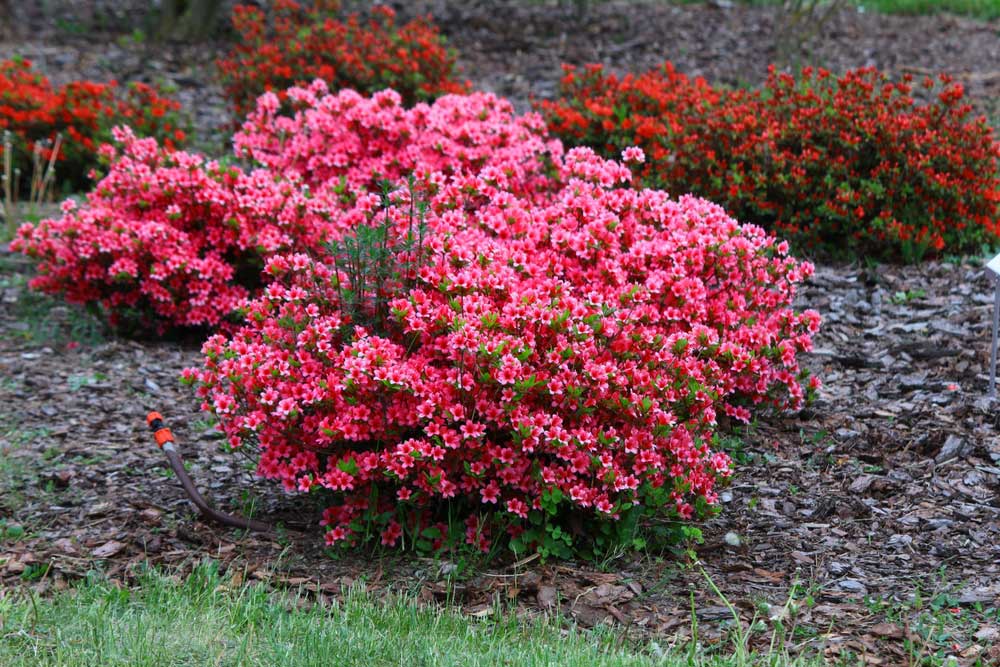
Here’s where many gardeners make a costly mistake. These spring beauties set their flower buds in late summer and fall for next year’s display. Pruning them now – or anytime after mid-July – means you’re cutting off next spring’s flower show.
But what if your azalea or rhododendron is getting too large? You’ll want to wait until right after they finish blooming in spring to do any major pruning. For minor shaping, the window closes by mid-July at the latest.
These plants also have another quirk – they don’t respond well to hard pruning. If you need to significantly reduce the size of an overgrown azalea or rhododendron, it’s better to do it gradually over several years rather than all at once.
2. Fall-Blooming Asters and Mums
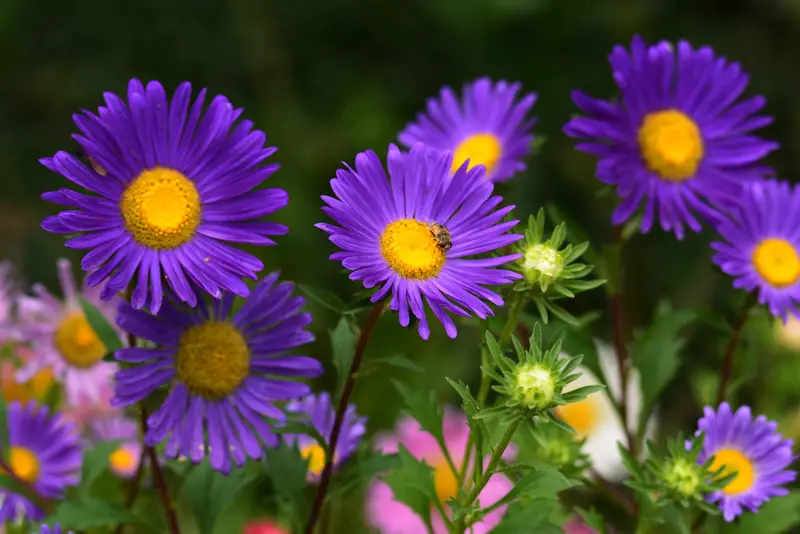
Does it seem logical to prune plants that bloom in fall during the summer? Actually, it might, but resist that urge! While these plants can handle light pinching in early summer (before July 4th), any serious pruning now will remove the flower buds that are already forming for their fall display.
Asters, in particular, are setting their buds right now for their spectacular September and October show. Garden mums (Chrysanthemum species) are doing the same thing. If you want bushier plants, you needed to pinch them lightly in May and early June – that window has closed.
The general rule for fall bloomers is: stop all pruning and pinching by the Fourth of July. After that date, you’re risking the autumn display that makes these plants so valuable.
3. Oak Trees (Quercus species)
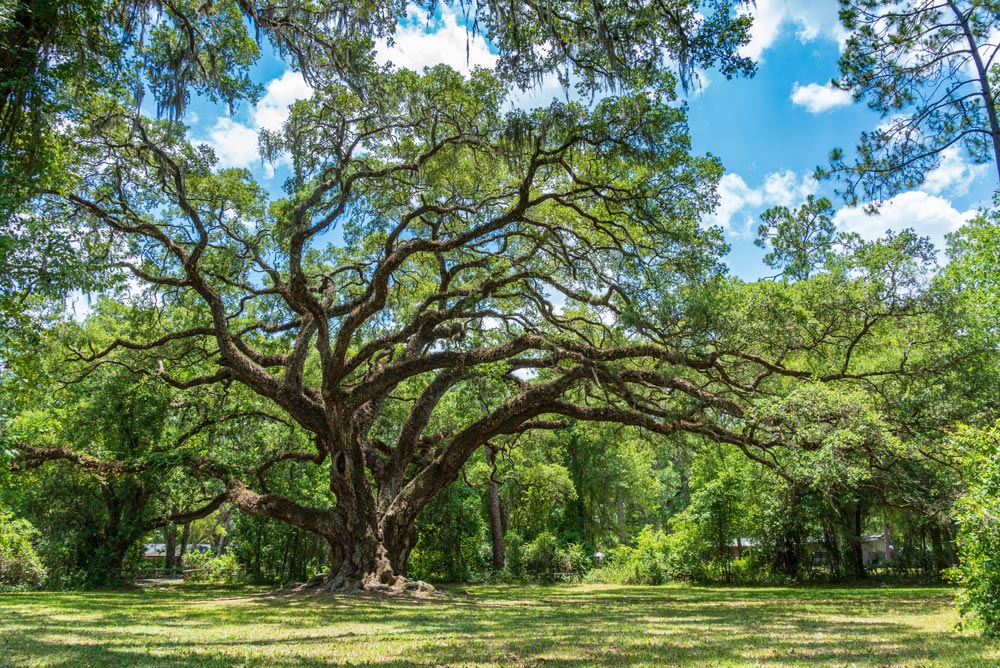
This one’s about disease prevention rather than flowering. Oak trees should never be pruned during the growing season – and summer is absolutely the worst time to do it. But why such strict timing?
Oak wilt disease is spread by beetles that are most active during warm weather. When you prune an oak tree in summer, you create fresh wounds that attract these beetles, which can carry the deadly oak wilt fungus. This disease is particularly devastating to red oaks and can kill a mature tree within a year.
If you must remove damaged or dangerous branches from an oak during summer, paint the cut immediately with pruning sealer or latex paint to prevent beetle access. But for routine pruning, wait until winter when the beetles are dormant.
4. Stone Fruit Trees (Cherry, Plum, Peach)
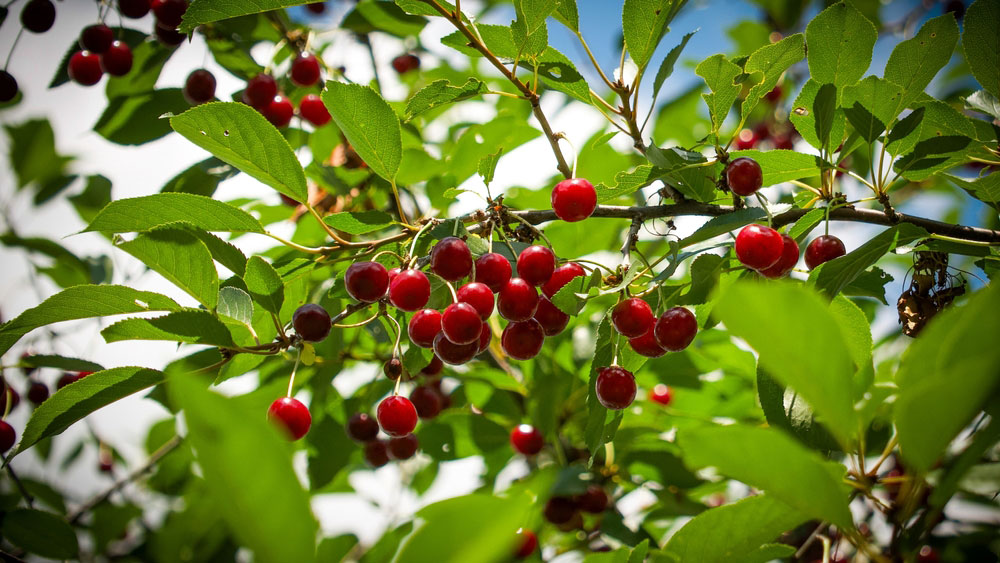
While apple and pear trees are typically pruned during dormant season, stone fruits have their own rules. These trees are susceptible to bacterial and fungal diseases that enter through pruning cuts, and these pathogens are most active during warm, humid summer weather.
Cherry trees, in particular, can develop bacterial canker if pruned during the growing season. The bacteria enter through the fresh cuts and can cause branch dieback or even kill young trees.
If you absolutely must remove damaged or diseased wood from stone fruit trees during summer, make your cuts during dry weather and sterilize your pruning tools between cuts with rubbing alcohol or a 10% bleach solution.
5. Hydrangeas (Most Types)

This one trips up a lot of gardeners because hydrangeas seem like they should be pruned in summer. After all, the flowers are fading, right? But most hydrangeas – including the popular Annabelle hydrangea (Hydrangea arborescens) and panicle hydrangeas like ‘Limelight’ – are busy setting next year’s flower buds right now.
Smooth hydrangeas (like Annabelle) bloom on new wood, which means they can handle heavy pruning, but only when they’re dormant in late winter or early spring. Prune them now, and you’ll remove the energy they’re storing for next year’s growth and blooming.
Panicle hydrangeas follow the same rule. While they’re technically “new wood” bloomers, they benefit most from dormant season pruning when they can direct all their energy into healing and preparing for the next growing season.
The exception? You can deadhead the spent flowers if you don’t like the look of them, but avoid cutting back into the leafy stems.
Quick Reference: Summer Pruning Do’s and Don’ts
DO prune in June-July:
- Spring-blooming shrubs (immediately after flowering)
- Tall summer perennials (for height control)
- Herbs that bolt easily
- Deadheading spent flowers on most plants
DON’T prune in summer:
- Fall-blooming perennials after July 4th
- Oak trees (disease risk)
- Most hydrangeas
- Stone fruit trees
- Spring bloomers that have already set next year’s buds
Frequently Asked Questions
Q: What if I accidentally pruned something at the wrong time? A: Don’t panic! Most plants are more forgiving than we think. You might miss next year’s blooms, but you probably haven’t killed the plant. Just provide good care (water, appropriate fertilizer) and wait for it to recover.
Q: How can I tell if a plant blooms on old wood or new wood? A: Old wood bloomers typically flower in spring or early summer and set next year’s buds shortly after blooming. New wood bloomers usually flower in mid to late summer on growth that developed during the current season.
Q: Is it ever okay to break these rules? A: Sometimes plant health trumps perfect timing. If you’re dealing with diseased, damaged, or dangerous branches, it’s better to remove them regardless of season – just take extra precautions like sterilizing tools and sealing cuts on susceptible plants like oaks.
Q: What about deadheading – does timing matter there too? A: Deadheading (removing spent flowers) is generally safe throughout the growing season and actually encourages more blooms on many plants.

